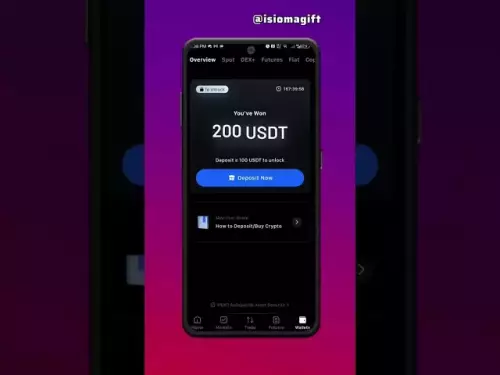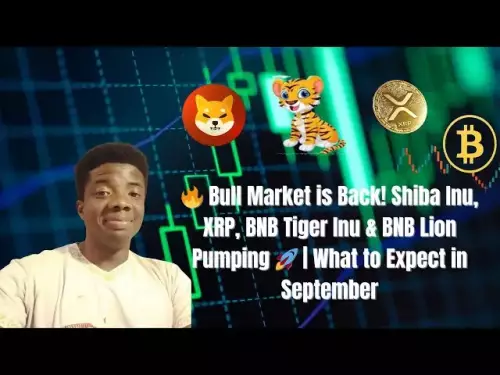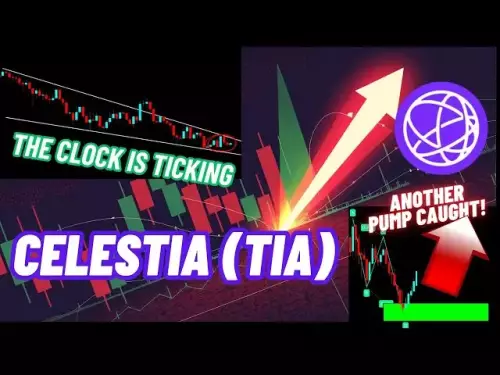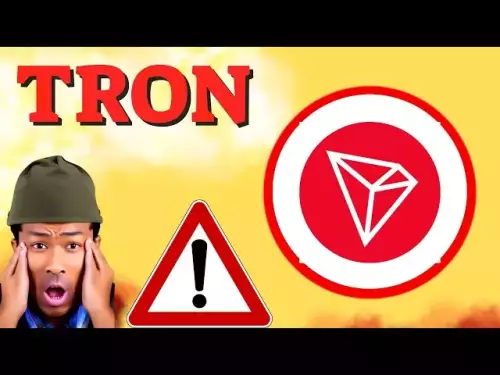-
 Bitcoin
Bitcoin $108500
0.11% -
 Ethereum
Ethereum $4387
-1.84% -
 Tether USDt
Tether USDt $1.000
0.00% -
 XRP
XRP $2.772
-1.71% -
 BNB
BNB $852.8
-0.79% -
 Solana
Solana $199.0
-2.07% -
 USDC
USDC $0.9998
0.00% -
 Dogecoin
Dogecoin $0.2157
-0.81% -
 TRON
TRON $0.3382
-1.11% -
 Cardano
Cardano $0.8208
-0.15% -
 Chainlink
Chainlink $23.23
-2.22% -
 Hyperliquid
Hyperliquid $44.51
0.45% -
 Ethena USDe
Ethena USDe $1.001
0.00% -
 Sui
Sui $3.261
-1.41% -
 Stellar
Stellar $0.3556
-0.96% -
 Bitcoin Cash
Bitcoin Cash $547.6
-0.14% -
 Avalanche
Avalanche $23.75
-0.82% -
 Cronos
Cronos $0.2786
-4.14% -
 Hedera
Hedera $0.2184
-2.65% -
 UNUS SED LEO
UNUS SED LEO $9.609
0.63% -
 Litecoin
Litecoin $109.4
-1.69% -
 Toncoin
Toncoin $3.124
-0.63% -
 Shiba Inu
Shiba Inu $0.00001226
-1.16% -
 Polkadot
Polkadot $3.768
-0.95% -
 Uniswap
Uniswap $9.557
-2.91% -
 Dai
Dai $0.9999
0.00% -
 Bitget Token
Bitget Token $4.541
-0.49% -
 Monero
Monero $267.6
2.22% -
 Aave
Aave $308.9
-4.41% -
 Ethena
Ethena $0.6334
-4.71%
What is slippage in crypto trading?
Slippage in crypto markets occurs when trade execution prices differ from expected prices due to volatility or low liquidity, especially impacting large orders on decentralized exchanges.
Sep 01, 2025 at 04:36 pm
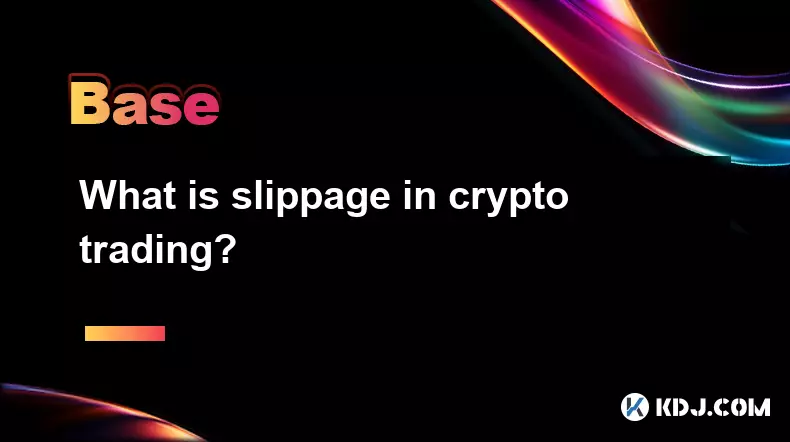
Understanding Slippage in Crypto Markets
1. Slippage refers to the difference between the expected price of a trade and the actual price at which the trade is executed. In the fast-moving environment of cryptocurrency markets, prices can shift rapidly between the moment an order is placed and when it is filled. This discrepancy is especially common during periods of high volatility or low liquidity.
2. Traders often encounter slippage when placing market orders, particularly for large volumes. If an asset has limited order book depth, a significant buy or sell order can consume multiple price levels, leading to execution at progressively worse rates. For instance, attempting to buy 100 BTC on a thinly traded exchange might result in portions of the order being filled at increasingly higher prices.
3. Slippage can be positive, negative, or neutral. Positive slippage occurs when a trade executes at a better price than anticipated, often during sudden price drops for buy orders or spikes for sell orders. Negative slippage is more common and results in higher costs for buyers or lower returns for sellers. Neutral slippage means the execution price matches the expected price exactly.
4. The extent of slippage depends on several factors, including trading volume, market depth, network congestion, and the type of exchange. Centralized exchanges with high liquidity, such as Binance or Coinbase, typically exhibit lower slippage compared to decentralized exchanges (DEXs) like Uniswap or SushiSwap, where automated market makers (AMMs) rely on liquidity pools.
5. To manage slippage, traders can set slippage tolerance levels in their trading interfaces. This setting acts as a threshold, canceling the trade if the price moves beyond the specified percentage. While this protects against extreme slippage, it also increases the risk of order failure during volatile conditions.
Impact of Liquidity on Slippage
1. Liquidity is one of the most critical determinants of slippage in crypto trading. Assets with deep order books and high trading volumes, such as Bitcoin and Ethereum, generally experience minimal slippage because there are enough buyers and sellers to absorb large orders without drastic price changes.
2. Low-liquidity tokens, often found among newer or smaller altcoins, are highly susceptible to slippage. A single large transaction can significantly move the price, especially on decentralized platforms where price is determined algorithmically based on token ratios in liquidity pools.
3. Market makers play a crucial role in reducing slippage by continuously providing buy and sell orders. Their presence ensures tighter bid-ask spreads and smoother trade execution. In contrast, markets without active market makers can see wide spreads and unpredictable price movements.
4. On decentralized exchanges, liquidity providers (LPs) deposit pairs of tokens into pools. The size of these pools directly affects slippage—larger pools allow for bigger trades with less price impact. However, during periods of high demand or panic selling, even large pools can experience notable slippage.
5. Traders analyzing potential slippage should examine order book depth or liquidity pool reserves before executing large trades. Tools like slippage calculators and real-time depth charts help assess how much price movement a given order size might trigger.
Strategies to Minimize Slippage
1. Using limit orders instead of market orders gives traders more control over execution price. A limit order ensures the trade only executes at the specified price or better, eliminating the risk of negative slippage, though it may not fill at all if the market doesn’t reach the set price.
2. Breaking large orders into smaller chunks can reduce market impact. Known as 'order slicing,' this method allows traders to enter or exit positions gradually, minimizing the pressure on the order book or liquidity pool.
3. Trading during peak market hours often results in lower slippage due to increased participation and liquidity. Activity tends to surge during overlapping trading sessions in Asia, Europe, and North America, making it an optimal window for executing large trades.
4. Choosing exchanges with higher trading volumes and robust liquidity can significantly reduce slippage. Cross-exchange comparisons help identify platforms where a particular asset trades most actively.
5. Monitoring network congestion is essential, especially on blockchain-based DEXs. High gas fees or slow block times on networks like Ethereum can delay transaction confirmations, increasing the window for price changes and potential slippage.
Frequently Asked Questions
What causes slippage on decentralized exchanges?Slippage on DEXs occurs because trades are executed against liquidity pools using mathematical pricing formulas. Large trades alter the token ratio in the pool, which in turn changes the price according to the constant product formula (x * y = k), leading to significant price impact.
Can slippage be completely avoided?Slippage cannot be entirely eliminated in live markets, especially during volatile conditions. However, it can be minimized through careful order placement, using limit orders, selecting liquid assets, and trading on high-volume platforms.
How does slippage affect stop-loss orders?Stop-loss orders may suffer from slippage because they convert into market orders once the trigger price is hit. In fast-moving markets, the actual execution price can be much worse than the stop price, particularly during flash crashes or sudden breakouts.
Is high slippage always a bad sign?High slippage indicates low liquidity or high volatility, both of which increase trading risk. While it doesn’t always result in losses, it signals that the market may be difficult to navigate with large orders and requires more cautious execution strategies.
Disclaimer:info@kdj.com
The information provided is not trading advice. kdj.com does not assume any responsibility for any investments made based on the information provided in this article. Cryptocurrencies are highly volatile and it is highly recommended that you invest with caution after thorough research!
If you believe that the content used on this website infringes your copyright, please contact us immediately (info@kdj.com) and we will delete it promptly.
- Memecoins September 2025 Watchlist: What's Hot Now?
- 2025-08-31 23:25:15
- Eric Trump Predicts Bitcoin to $1 Million: Hype or Reality?
- 2025-08-31 23:25:15
- BlockDAG: Redefining Scalability and ROI Potential in 2025
- 2025-08-31 23:05:16
- Ozak AI, Altcoins, and 20x Potential: Navigating the Crypto Landscape
- 2025-09-01 00:05:12
- Bonk Price, Solana Meme Coin, and the Rise of Layer Brett: A New Era?
- 2025-08-31 21:25:12
- ETH Transactions Soar, BTC Whale Shifts Gears: Decoding August's Crypto Charts
- 2025-08-31 21:05:16
Related knowledge
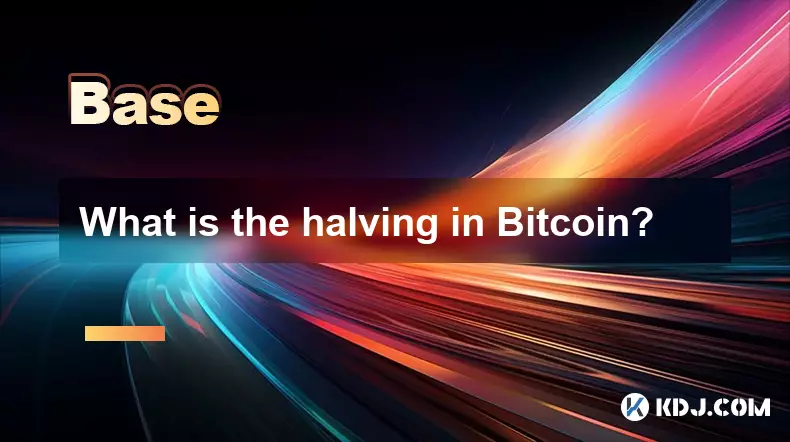
What is the halving in Bitcoin?
Aug 30,2025 at 10:18pm
Understanding Bitcoin Halving1. The Bitcoin halving is an event coded into the blockchain’s protocol that reduces the reward miners receive for valida...
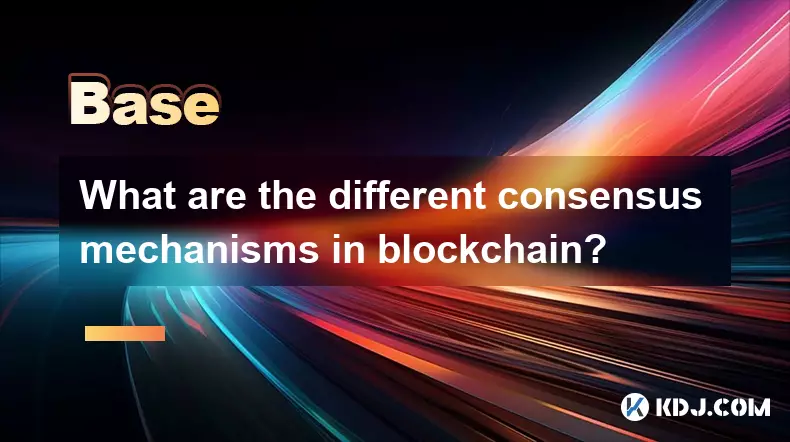
What are the different consensus mechanisms in blockchain?
Sep 01,2025 at 03:54pm
Proof of Work and Its Role in Blockchain Security1. Proof of Work (PoW) is one of the earliest and most widely recognized consensus mechanisms, primar...
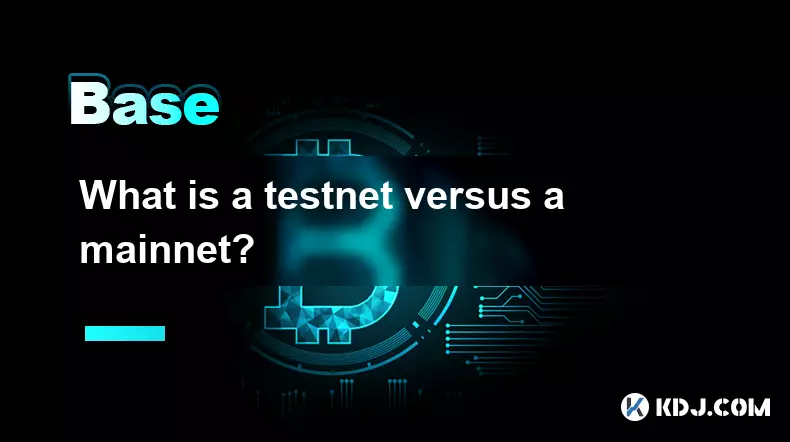
What is a testnet versus a mainnet?
Aug 30,2025 at 06:54pm
Understanding the Role of Testnets in Blockchain Development1. A testnet serves as a parallel blockchain environment designed specifically for develop...
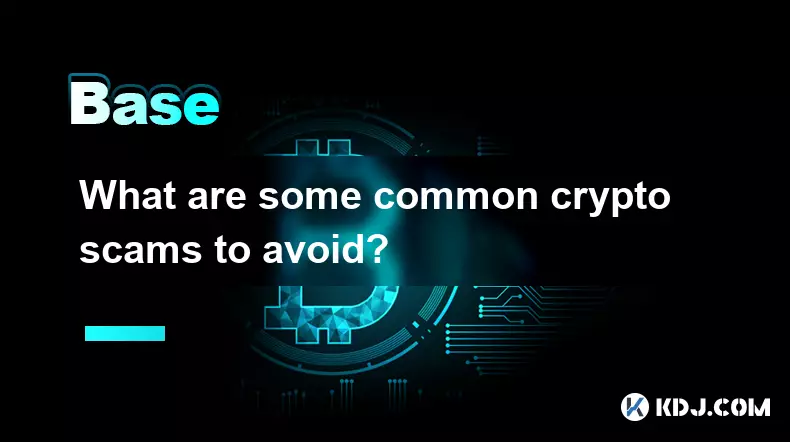
What are some common crypto scams to avoid?
Sep 01,2025 at 06:18am
Crypto Scams Involving Fake Exchanges1. Fraudulent platforms often mimic legitimate exchanges by using similar names and logos to deceive users. These...
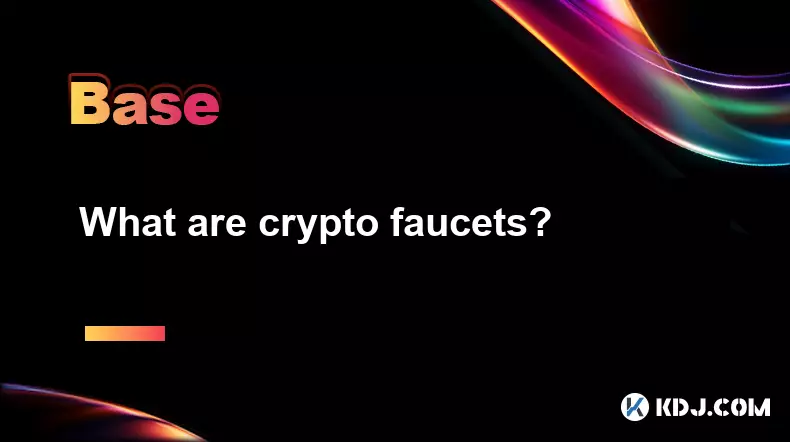
What are crypto faucets?
Aug 30,2025 at 08:10am
Understanding Crypto Faucets1. Crypto faucets are online platforms that distribute small amounts of cryptocurrency to users for completing simple task...

What are privacy coins?
Aug 30,2025 at 06:18am
Understanding Privacy Coins in the Cryptocurrency Ecosystem1. Privacy coins are a category of cryptocurrencies specifically designed to enhance transa...

What is the halving in Bitcoin?
Aug 30,2025 at 10:18pm
Understanding Bitcoin Halving1. The Bitcoin halving is an event coded into the blockchain’s protocol that reduces the reward miners receive for valida...

What are the different consensus mechanisms in blockchain?
Sep 01,2025 at 03:54pm
Proof of Work and Its Role in Blockchain Security1. Proof of Work (PoW) is one of the earliest and most widely recognized consensus mechanisms, primar...

What is a testnet versus a mainnet?
Aug 30,2025 at 06:54pm
Understanding the Role of Testnets in Blockchain Development1. A testnet serves as a parallel blockchain environment designed specifically for develop...

What are some common crypto scams to avoid?
Sep 01,2025 at 06:18am
Crypto Scams Involving Fake Exchanges1. Fraudulent platforms often mimic legitimate exchanges by using similar names and logos to deceive users. These...

What are crypto faucets?
Aug 30,2025 at 08:10am
Understanding Crypto Faucets1. Crypto faucets are online platforms that distribute small amounts of cryptocurrency to users for completing simple task...

What are privacy coins?
Aug 30,2025 at 06:18am
Understanding Privacy Coins in the Cryptocurrency Ecosystem1. Privacy coins are a category of cryptocurrencies specifically designed to enhance transa...
See all articles























